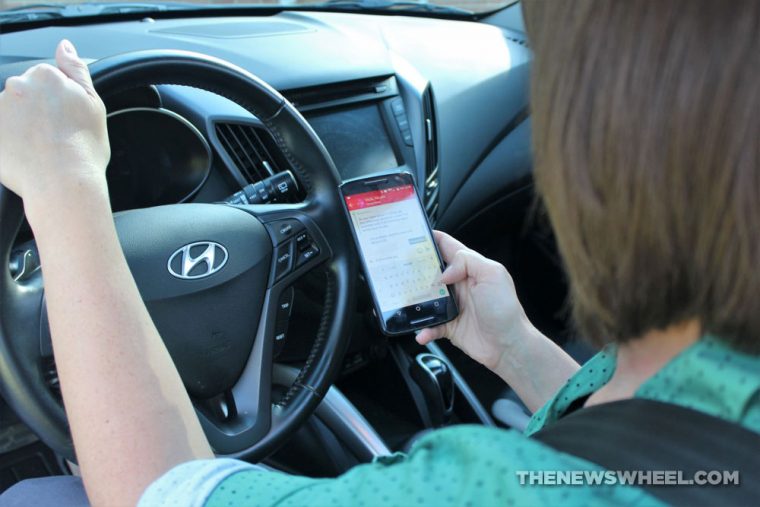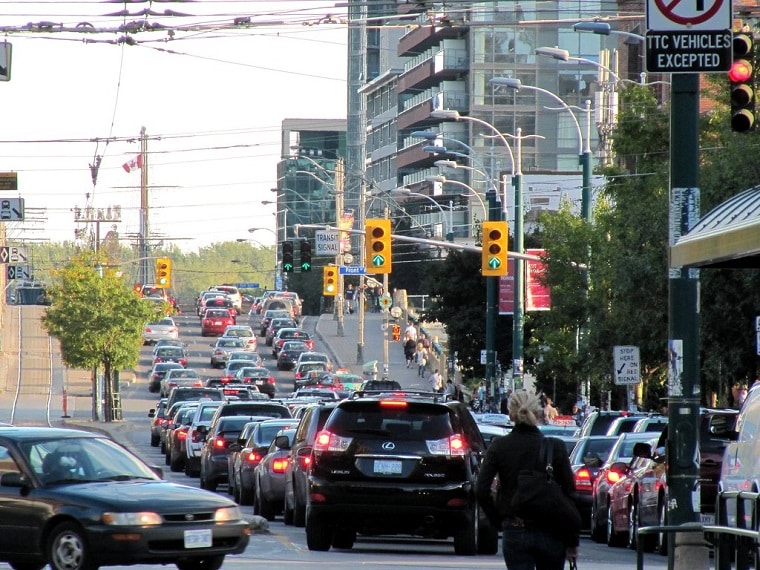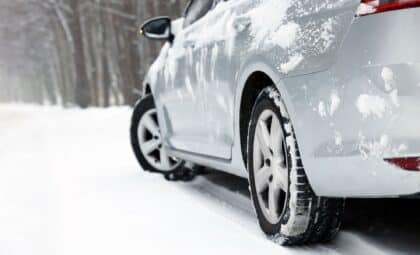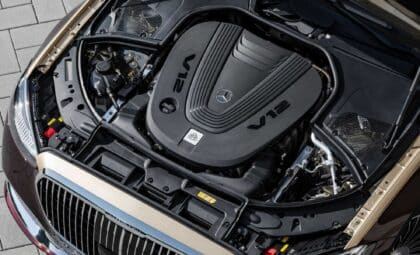
Driving is the most dangerous activity Americans engage in on a daily basis. According to the Centers for Disease Control and Prevention, road accidents are the chief cause of death for Americans aged 1 to 54 years old, killing 37,000 people annually. Additionally, more than 2 million Americans are injured on the road each year.
Nevertheless, some smart driving habits can minimize your chances of being involved in an accident. Distracted driving continues to be a major problem and a large contributor to roadway deaths and accidents. Failure to wear a seatbelt and speeding are also common issues.
To help make your commute safer, here are five tips to help reduce your driving risks and better ensure you make it to and from work without accidents.
Fridays are the most dangerous and deadliest for commuters, as there is an increased number of drunk drivers during regular commuting on that day of the week. DUI-related deaths saw an increase by 41 percent on Fridays specifically, compared to the weekday average.
If you can telecommute, make doing so a priority, especially on Fridays. The less time you spend on the road, the less likely you are to get into a roadway accident.
How well do you know your car and the warning signals your car it is giving you? Modern cars are equipped with numerous safety features and warning signals to help you know when something is wrong. However, ignoring those warnings can increase your accident risk.
For example, if your car is giving you low tire pressure warnings, you should ensure that you’ve taken the time to re-inflate your tires to the manufacturer-recommended pounds per square inch before heading out on your commute. Although it’s possible to drive on a tire with low pressure for a little while, driving on a tire with low pressure, especially during the summer months, can result in a dangerous tire blow-out.
For tires, all you need is a portable air compressor. These usually come equipped with a pressure gauge that will let you know your current tire pressure and are often powered through your car’s outlet (e.g., cigarette lighter).
Every warning signal on your car is there for a reason — to help prevent certain parts of your car from breaking, either on the roadway or otherwise. Many accidents occur when cars break down on the roadway and drivers panic, causing an accident.
Make sure you proactively take care of your car’s needs. Regularly check your tire pressure and tire tread quality. Change your oil regularly based on manufacturer recommendations. Pay attention to any engine temperature irregularities, and make sure your revolutions per minute are not too low or too high as you drive. Take your car in for regular maintenance to ensure other safety features you can’t easily see are in good condition, including your breaks, steering, and airbags.
Implement standards for yourself to reduce your driving risks. This can include creating a distraction-free driving experience by placing your mobile device out of reach while you drive and using a hands-free calling device.

You may also want to find an insurer who has a safe driving program in place. These programs provide discounts on your car insurance when you drive safely, and usually work by measuring your driving habits via phone apps or a device plugged into your car’s on-board diagnostics slot. In California, for example, a state known for its nightmare traffic, car insurance averages $1,665 annually. Signing up for a safe driving program can help you break distracted driving habits while also lowering your bill.
Sometimes, accidents are simply unavoidable. Yet unbelted deaths are still a leading cause of fatalities following a highway accident.

Make sure to wear your seatbelt at all times while driving, and check to make sure your passengers are wearing seatbelts as well. If you have children in the car, make sure the seatbelts are properly adjusted to their size. For infants and toddlers in car seats, ensure the straps are tightened correctly on the body.
It may be time to upgrade to a safer model vehicle. Some cars, such as the Chrysler 200 and Nissan Sentra, are associated with more vehicle deaths, according to data from the Insurance Institute for Highway Safety (IIHS).
While it’s nice to have a car that drives well and gets great gas mileage, you’ll also want to make sure the car is safe on the road. Check online safety ratings for any car you’re interested in prior to purchase.
Every driver is responsible for making the commute safe. Reduce your distractions on the road, take care of your car, and follow regular safety protocols, like wearing your seatbelt. If you need to, upgrade to a car with a better track record for safety.
This article was contributed by Mark Fitzpatrick from ValuePenguin.
The News Wheel is a digital auto magazine providing readers with a fresh perspective on the latest car news. We’re located in the heart of America (Dayton, Ohio) and our goal is to deliver an entertaining and informative perspective on what’s trending in the automotive world. See more articles from The News Wheel.












